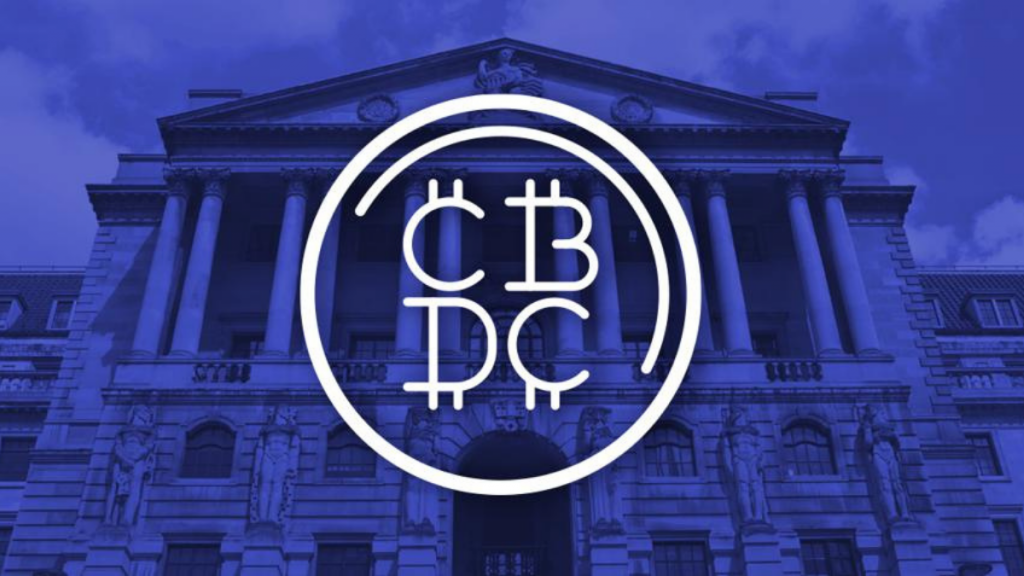Swiss CBDC Pilot Sparks Global Interest in Tokenized Finance
02.05.2025 15:00 1 min. read Alexander Stefanov
Switzerland’s recent experiment with central bank digital currency (CBDC) tokenization is being hailed as a potential blueprint for global adoption.
The World Federation of Exchanges (WFE) has spotlighted the country’s pilot program—led by the SIX Digital Exchange—as a promising example of how digital currencies issued by central banks can support trust, liquidity, and market efficiency.
In a newly released report, the WFE suggests that the Swiss model offers valuable insights for regulators and institutions exploring the next phase of financial market infrastructure.
According to Richard Metcalfe, the organization’s regulatory affairs lead, CBDCs could become a critical piece in scaling tokenized economies, provided they are implemented with clear standards and cross-system compatibility.
Following Switzerland’s lead, other regions are stepping up their efforts. The European Union is preparing for wholesale CBDC trials, while similar developments are underway in the UK, Brazil, Hong Kong, and the UAE. However, challenges remain—from integrating with legacy systems to overcoming the limitations of distributed ledger technology (DLT) at scale.
Still, the early outcomes are encouraging. In Switzerland, the pilot supported multiple bond issuances and proved that tokenized settlements could operate in a live environment, albeit gradually. The WFE believes this signals a broader shift—from isolated trials to real-world deployment—as tokenization gains momentum on the global stage.
-
1
How One Musician’s $3M NFT Success Turned Into a Costly Tax Lesson
08.06.2025 19:00 1 min. read -
2
ARK Invest Makes Bold Bet on Circle as Stablecoin Giant Enters Wall Street
06.06.2025 21:00 2 min. read -
3
Worldcoin Expands to UK With Eye-Scanning ID and Crypto Rewards
10.06.2025 13:00 2 min. read -
4
California Targets Dormant Crypto With New Custody Proposal
05.06.2025 19:00 2 min. read -
5
OpenSea Sees Surge in Users, But NFT Market Volumes Still Lag
10.06.2025 14:00 1 min. read
ARK Invest Cashes In on Circle Rally as Stock Soars Past $60B Valuation
ARK Invest has continued to capitalize on the dramatic rise of Circle’s stock, unloading a sizable portion of its holdings just weeks after the stablecoin issuer’s public debut.
Circle’s Market Cap Surges Past Its Own Stablecoin
Circle’s explosive entry into public markets has propelled its stock valuation beyond the supply value of its flagship stablecoin, USDC.
Anthony Pompliano Unveils Bitcoin Treasury Giant After Landmark Merger
Investor and entrepreneur Anthony Pompliano is rolling his private outfit, ProCap BTC LLC, into blank-check firm Columbus Circle Capital to form ProCap Financial, a new Nasdaq-listed business built around Bitcoin.
FTX Pushes to Dismiss Billion-Dollar Claim from 3AC
FTX’s legal team has moved to dismiss a $1.53 billion claim filed by Three Arrows Capital (3AC), calling it an exaggerated and baseless attempt to recover losses from risky trading.
-
1
How One Musician’s $3M NFT Success Turned Into a Costly Tax Lesson
08.06.2025 19:00 1 min. read -
2
ARK Invest Makes Bold Bet on Circle as Stablecoin Giant Enters Wall Street
06.06.2025 21:00 2 min. read -
3
Worldcoin Expands to UK With Eye-Scanning ID and Crypto Rewards
10.06.2025 13:00 2 min. read -
4
California Targets Dormant Crypto With New Custody Proposal
05.06.2025 19:00 2 min. read -
5
OpenSea Sees Surge in Users, But NFT Market Volumes Still Lag
10.06.2025 14:00 1 min. read


